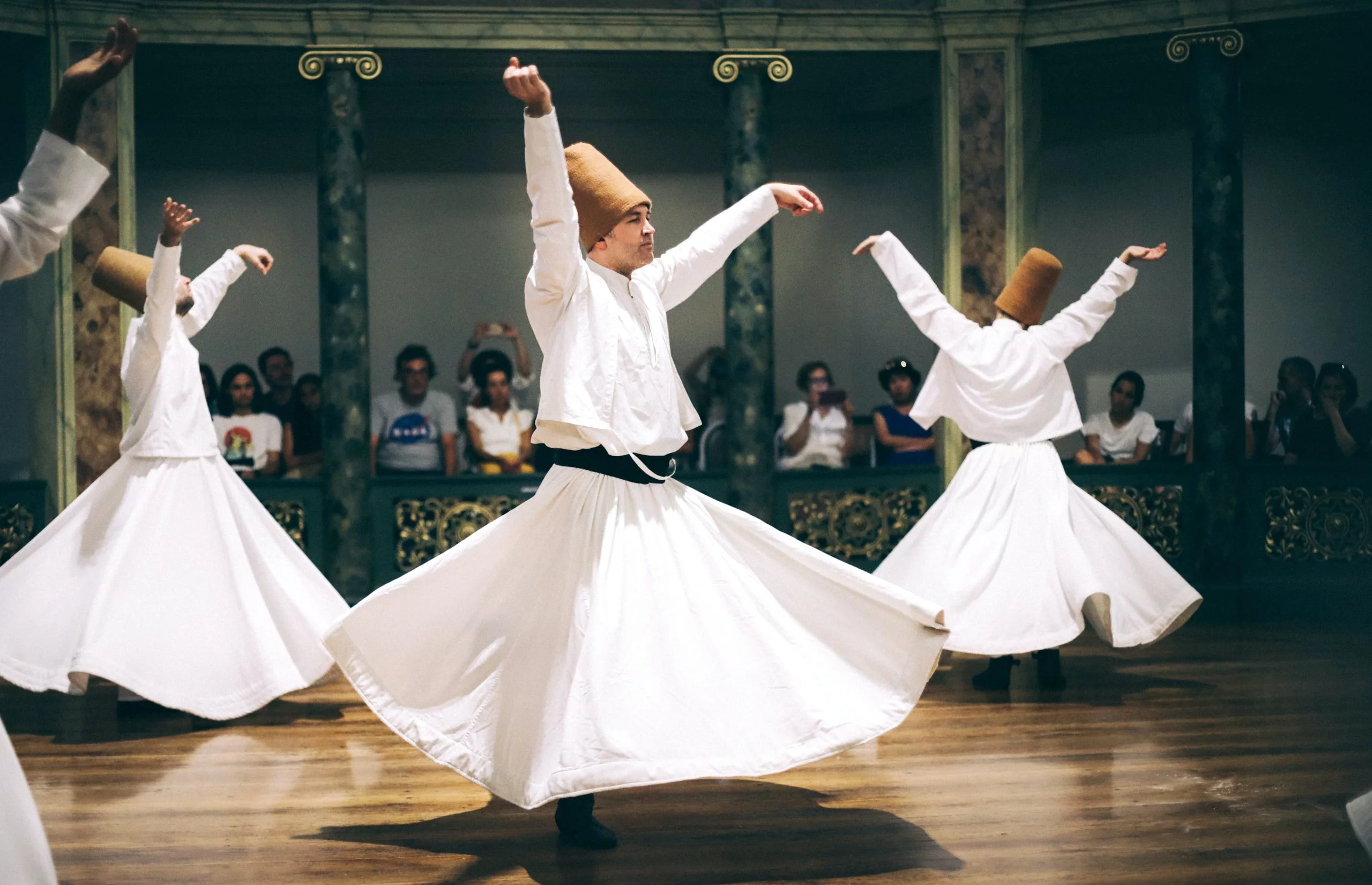The whirling dervish is a unique and captivating form of dance that originated from the mystical practices of the Sufi order, a branch of Islam. This spiritual dance is performed by members of the Mevlevi order, also known as the Order of the Whirling Dervishes, who seek to attain a state of mystical union with God through music, meditation, and dance. In this post, we will explore the history, symbolism, and significance of the whirling dervish, as well as the cultural and spiritual context in which it originated.

Whirling Dervish: The Spiritual Dance of the Sufis
History of the Whirling Dervish
The whirling dervish is deeply rooted in the history and culture of the Islamic world, particularly in Turkey and Central Asia. It is said to have originated with the teachings of the 13th-century Persian mystic and poet, Jalaluddin Rumi, who founded the Mevlevi order in Konya, Turkey. Rumi was a deeply spiritual figure who sought to transcend the boundaries of religion and culture through his poetry and teachings. His message of love, peace, and spiritual union with God resonated with many people across different faiths and cultures, and his followers came to be known as the Mevlevis.
The Mevlevis developed a unique spiritual practice that combined elements of music, poetry, and dance to achieve a state of mystical union with God. Central to this practice is the whirling dance, which is performed by the dervishes, or members of the order. The whirling dance is a form of meditation that involves spinning in a circular motion, with one hand raised to the sky and the other hand pointing downward to the earth. The dervishes wear a white robe and a tall, conical hat that symbolizes their spiritual journey from the ego to the truth.
Symbolism and Significance of the Whirling Dervish
The whirling dance is full of symbolism and meaning, and it is considered a powerful tool for spiritual growth and transformation. The circular motion of the dance represents the cycle of life and death, as well as the journey of the soul from the material world to the spiritual realm. The dervishes spin around a central axis, which represents the divine presence of God, and their raised hand symbolizes their openness to receiving divine grace and blessings. The downward-pointing hand represents their willingness to share these blessings with others.
The whirling dance is also a form of self-discovery and self-realization. By spinning around in a trance-like state, the dervishes seek to transcend their ego and connect with the divine. The dance is a physical expression of the spiritual journey of the Mevlevis, who seek to purify their hearts and souls through devotion and love. The Mevlevi order believes that by performing the whirling dance, they can attain a state of mystical union with God and become channels of divine grace and blessings for others.
Cultural and Spiritual Context of the Whirling Dervish
The whirling dervish is not just a dance, but also a cultural and spiritual phenomenon that reflects the rich diversity of the Islamic world. It is an embodiment of the mystical and spiritual traditions of Sufism, which emphasizes the inner dimensions of Islam and the search for spiritual truth and enlightenment. The whirling dervish is a testament to the enduring legacy of Islamic culture and spirituality, and it continues to inspire and fascinate people all over the world.
The whirling dervish has also become a symbol of Turkish culture and identity. The Mevlevi order was a prominent cultural and intellectual force in Ottoman Turkey, and the whirling dance has become an integral part of Turkish folklore and traditions.
